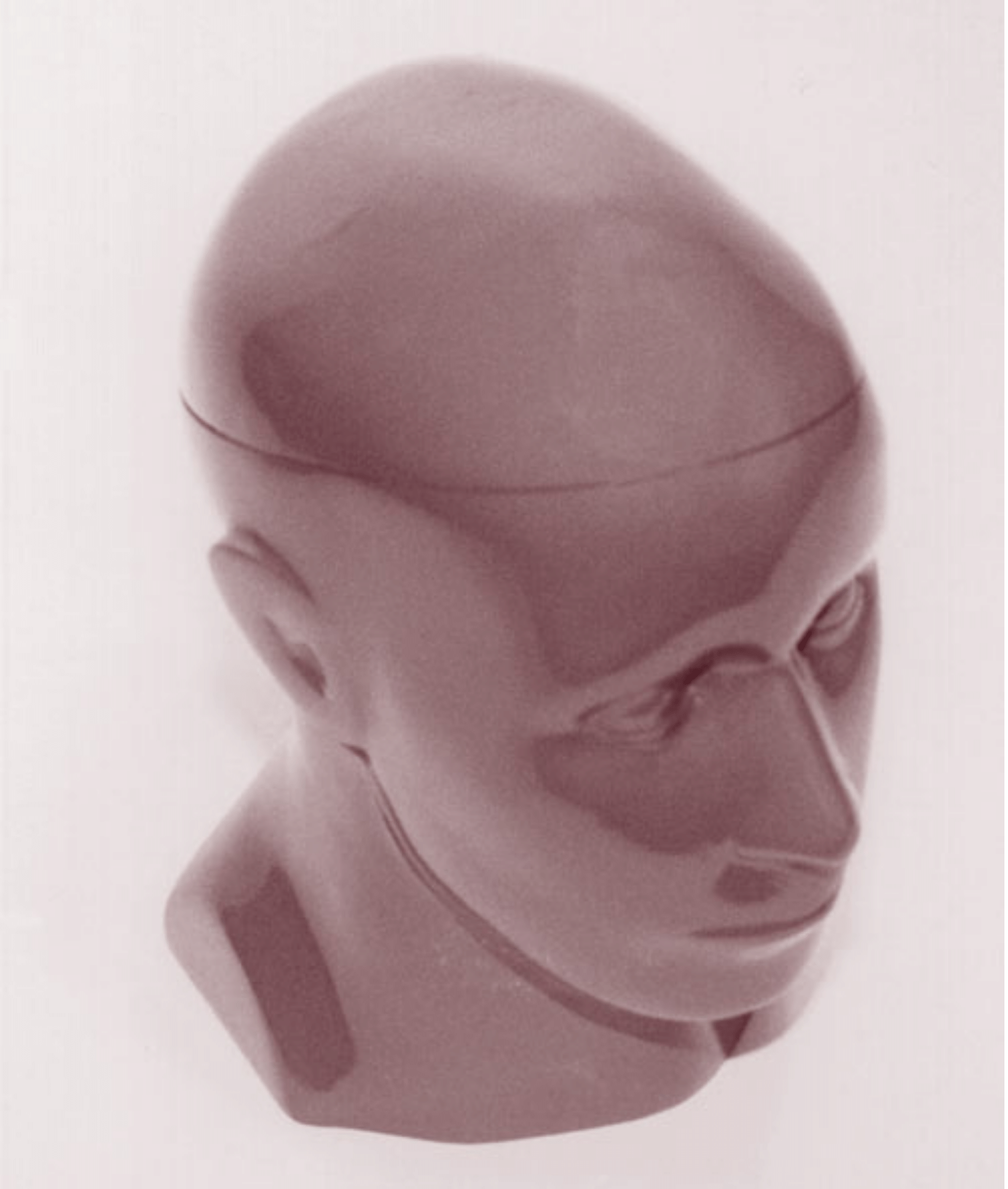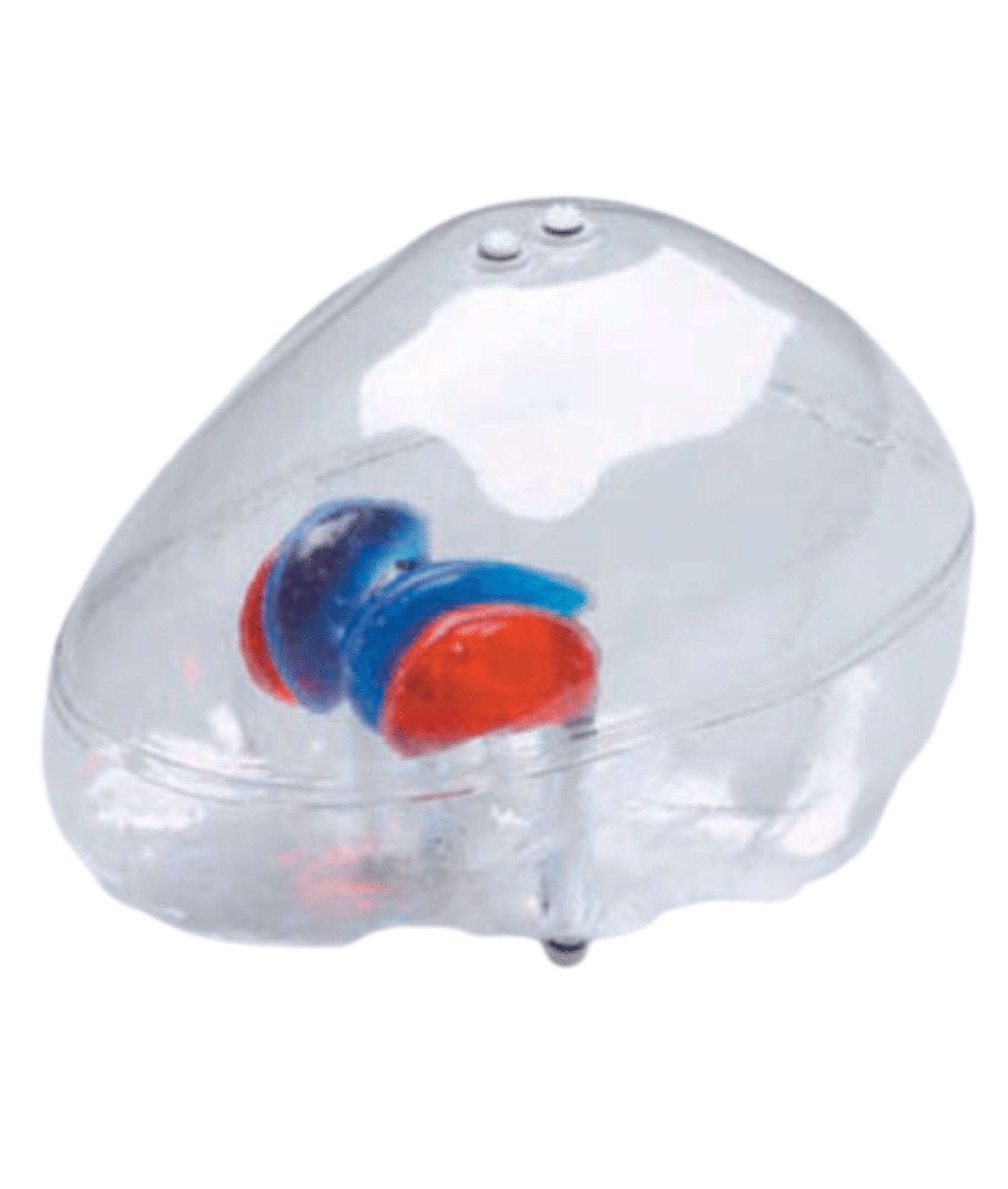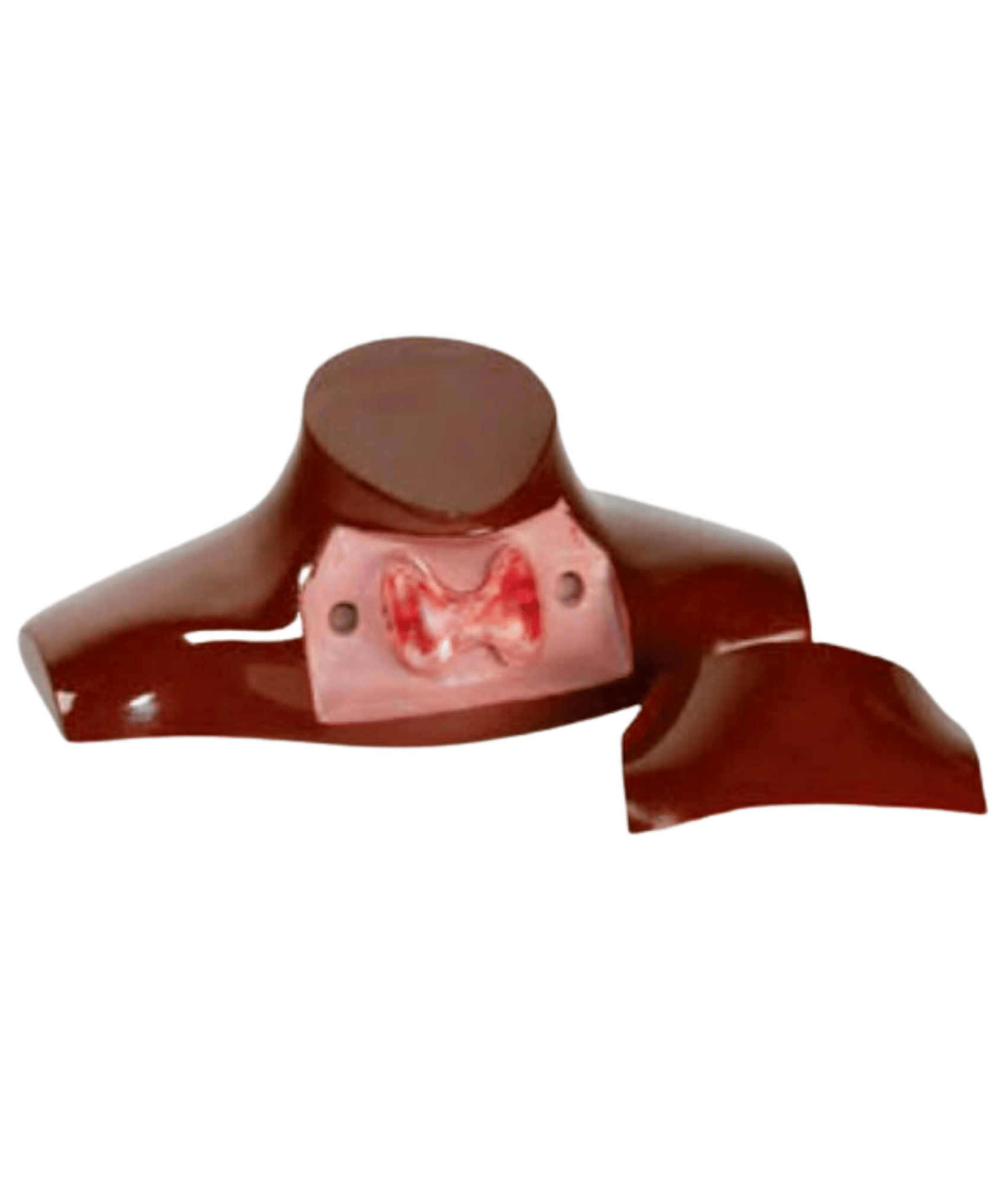Description
Anatomy
The male ART represents a 175 cm (5 ft. 9 in.) tall, 73.5 kg (162 lb.) male, and the female ART represents a 155 cm (5 ft. 1 in.) tall, 50 kg (110 lb.) female.
The ART Phantom is transected-horizontally into 2.5 cm thick slices. Each slice has holes which are plugged with bone-equivalent, soft-tissue-equivalent or lung tissue equivalent pins which can be replaced by TLD holder pins. Holder pins may be ordered separately.
Soft-tissue-equivalent coatings produce slices with glass smooth interfaces. These coatings are cut away over the air spaces of the oronasal pharynges, trachea, and stem bronchi. Dosimetry holes are drilled in grids 3 cm x 3 cm or 1.5 cm x 1.5 cm in 5 and 7 mm diameters thereby allowing for detailed measurements of dose distributions.
Breast Attachments
Materials
Soft Tissues: There are unlimited, small variations in density and absorption throughout the human body. Phantom soft tissue is closely controlled to have the average density of these tissues.Skeletons: RSD skeletons are highly detailed polymer moldings which reproduce the shape, mass density and attenuation coefficients of cortical bone and spongiosa. This allows for continuous production of phantoms, instead of the sporadic production required by the limited availability, variable size and uncertain chemical composition of human skeletons. Our proprietary moldings allow for continuous production, eliminate the restrictions of human skeleton bones (including limited availability, variable size, and uncertain chemical composition), and avoid the loss of marrows in dried natural skeletons thereby making RSD skeletons superior to “real bone.”
Molds for the RSD cortical bone and spongiosa were made from human skeletons consistent with the sizes of the soft tissue molds.
RSD skeletons conform closely to the standards established by the International Commission on Radiation Units and Measurements (ICRU Report No. 44); mass density is reduced slightly to take into account a small decrease in calcium content for older patients.
Lungs: Lungs are molded from syntactic foam, with a specific gravity of 0.30 g/cc.
TLD Dosimeters and Fittings
Phantoms are shipped with all dosimetry holes filled with blank pins. Pins for TLD chips have recesses at one end measuring 3.2 x 3.2 x 0.9 mm. Pins for TLD rods have 1 mm-diameter holes cross-drilled at the centers of the pins. All pins are 2.50 cm long unless otherwise specified. Pins may also be ordered to accommodate various types of OSLD dosimeters. Tissue equivalent plugs specifically machined for TLD chips, TLD rods, TLD bars, TLD cubes, MOSFET detectors, as well as LANDAUER® OSL MicroSTAR® and nanoDot® holders, are also available.LANDAUER®, MicroSTAR®, and nanoDot® are registered trademarks of LANDAUER®, a division of Fluke® Corporation.
Assembly
ART Phantom slices are held between aluminum plates by nylon tie rods. Knobs at the end of the rods clamp the slices tightly in proper alignment. Both internal and external assembly devices are included.The external assembly facilitates film dosimetry, while the internal assembly is used generally with TLDs or ion chamber dosimetry.
Applications
- Organ specific dosimetry for all dosimeter (TLD, OSL, nanodots, MOSFET, film, ion chambers, and diodes)
- Standard 3cm x 3cm or 1.5cm x 1.5cm hole grids for dosimeters
- IMRT organ dose distributions
Modalities
- External beams in the 0.04 to 40 MeV
- Intensity-Modulated Radiation Therapy (IMRT)
- Stereotactic Body Radiation Therapy (SBRT)
- Gamma Knife
- CyberKnife
- CT
- Cone Beam CT








































